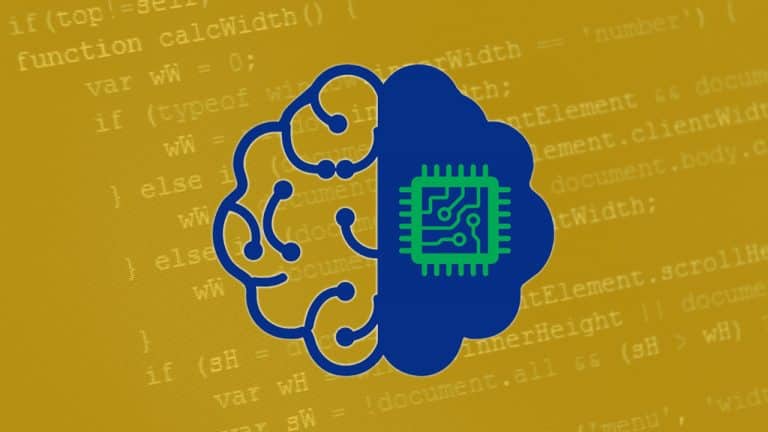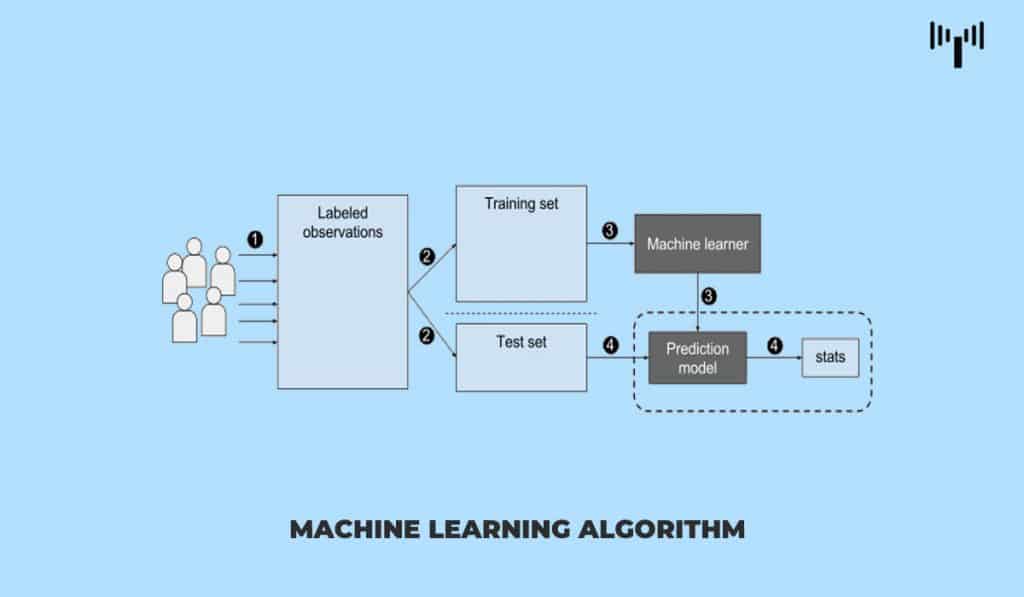If you are a programmer then you must be good at using algorithms and logic. That’s what makes a programmer an ideal candidate for machine learning engineer. First, you need to adjust your mindset that it’s not hard to learn. Imagine the day when you were first introduced to programming, It must’ve looked so hard but as you worked on it, it became easier. The same goes for machine learning.
In this article, I’m going to discuss 5 things programmers should know before getting started in machine learning. Let’s start with the brief introduction to machine learning.
Machine learning is a subset of artificial intelligence. It enables IT systems to identify patterns and patterns and develop solutions based on existing databases and algorithms. It is quasi-artificial knowledge generated from experience. The insights gained from the data can be generalized and used for new problem solutions or for the analysis of previously unknown data.
Contents
5 things programmers should know before starting in Machine Learning
1. How does machine learning work?
In order for a software to be able to learn independently and find solutions, previous actions by humans are necessary. For example, the systems must first be supplied with the data and algorithms that are relevant for learning. In addition, rules must be set up for the analysis of the data stock and the recognition of the patterns. If matching data is available and rules are defined, machine learning systems can:
- Find, extract and summarize relevant data
- Make predictions based on the analyzed data,
- Calculate probabilities for specific events,
- to adapt to developments independently and
- Optimize processes based on recognized patterns.
2. Different types of machine learning algorithm
Algorithms play a central role in machine learning. They are responsible for recognizing patterns and generating solutions and can be divided into different learning categories. Following are the basic types of machine learning algorithms:
- Supervised learning
- Unsupervised learning
- Partially supervised learning
- Strengthening learning
- Active learning
While supervisor-supervised learning requires the definition and specification of example models to match the information to the model groups of the algorithms, the model groups of unsupervised learning are automatically generated based on independently recognized patterns.
Partially or semi-supervised learning is a mixture of both methods. Encouraging learning is based on rewards and punishments. The algorithm is told by this interaction how it has to respond to different situations. This learning is very similar to human learning.
Finally, active learning provides the algorithm with the ability to obtain the desired results for specific input data. In order to minimize the number of questions, a selection of relevant questions with a high degree of relevance for results is done beforehand by the algorithm itself.
Depending on the particular system, the database may be offline or online and repeatable or only available once for machine learning. Another distinguishing feature of machine learning is the simultaneous presence of the input and output pairs or their staggered development. Depending on the type, it is called batch learning or sequential learning.
3. Applications for machine learning
Machine Learning has a very wide range of applications. In the Internet environment, for example, machine learning is used for the following functions:
- Independent detection of spam emails and development of suitable spam filters
- Speech and text recognition for digital assistants
- Determining the relevance of web pages for search terms
- Detection and differentiation of the Internet activity of natural persons and bots
Other machine learning applications include image and face recognition, automatic referral services, or automatic credit card fraud detection.
4. Big Data as a driver of machine learning
The development in the field of big data technology has also given machine learning a tremendous boost. Since large amounts of data have to be present in machine learning and must be processed efficiently, big data systems form the ideal basis for this kind of learning. Using big data, both structured and unstructured data can be analyzed quickly and with relatively little hardware effort and fed into the learning algorithms. For machine learning, distributed computer structures and particularly fast-working database systems are used. Also used are artificial neural networks that function on the model of the human brain.
5. How to get started in Machine Learning?
Remember the time when you wanted to become an Android developer? There are plenty of IDEs, frameworks and programming languages to choose from. I assume it wasn’t easy for you to pick what’s the best for you. This is the same case for machine learning as well. There are so many frameworks, programming languages, tools and courses available for machine learning. You need to master one of the programming languages for machine learning and a right tool to work on. Here are some useful articles you should read:
- 5 Best Open Source Frameworks For Machine Learning
- Top 5 Data Science and Machine Learning Courses
- Google’s Free Machine Learning Course For All
Like every other subject, machine learning also requires passion, patience, and practice. You just have to make use of your time and Internet connection.


